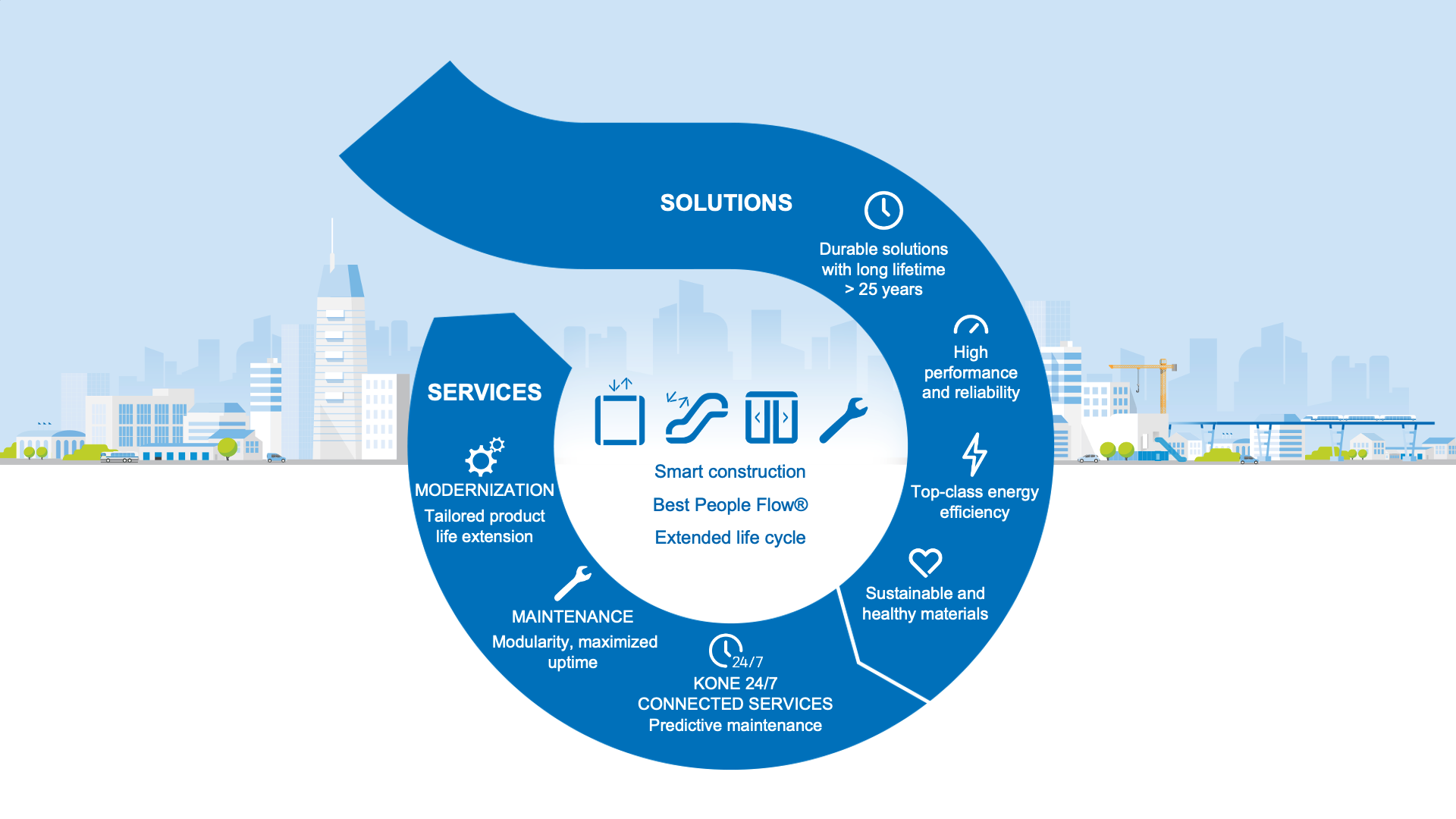KONE, a global elevator and escalator industry leader, has set science-based targets for significant reductions in its greenhouse gas (GHG) emissions by the year 2030. In addition, KONE has pledged to have carbon-neutral operations by 2030. To reach these ambitious goals, we are looking for startups developing innovative materials and circular processes that could help us reduce the carbon footprint of our elevators and escalators.
Opportunity Overview
Most of the emissions associated with KONE activities occur outside its immediate operations in the value chain. To achieve its product-related emissions reduction target of 40%, KONE will cut emissions from products’ lifetime energy use and materials by further improving its products’ energy efficiency and material circularity.
KONE is taking solid actions across the whole supply chain. The company is working together with its suppliers to reduce the carbon footprint from raw materials manufacturing, internal production processes, logistics operations, and end-of-life to increase the use of sustainable and long-lasting materials, enabling circularity processes (e.g., reuse, recycling, disassembly). The main goals include increasing the materials’ reusability, upgradeability, reparability, and recycled material content and enabling high-quality recycling.
Your Opportunity with KONE
We focus on greenhouse gas emissions from raw materials manufacturing, internal production processes, logistics operations, and our products’ use phase and end-of-life.
In the manufacturing phase of our products’ lifecycle (from raw materials production), we are searching for materials that have similar characteristics as the ones we currently use but with a smaller carbon footprint and processes enabling the reuse of recyclability of current materials. We strongly emphasize material circularity to identify materials suitable for promoting remanufacturing/reuse and high-quality recycling. Ideally, solutions should focus on durability, upgradeability and reparability, reusability, and alternative green packaging.
In the use phase, we seek ways to make our products more energy-efficient and use renewable energy.
The examples below represent our ideas in these areas, but please remember that your solution can go beyond them.
Examples we're looking for
Sustainable materials
Low embodied carbon materials through a clean manufacturing process with high recycled content (e.g., new alternatives to steel, unique grades of steel for guide rails and cabin panels, alternatives to rare earth materials in electronic components, alternatives to plastics in packaging, alternatives to Portland cement in counterweight fillers).
Material circularity
Processes to reuse/recycle elevators and escalator materials (e.g., cabin steel, packaging) creating synergies with external industrial partners. Innovative technologies to sort different materials or components.
Energy efficiency
Lightweight materials, lubricant-free materials, alternative materials, and simplified design for the shaft mechanics.

Digital Enablers to Minimize Corporate GHG Emissions with KONE
KONE, a global leader in the elevator and escalator industry, has set science-based targets for significant reductions in its greenhouse gas (GHG) emissions by the year 2030. In addition, KONE has pledged…
Learn more
Antipathogenic Surfaces with Autoliv
Autoliv is the world’s largest manufacturer of automotive safety equipment and is also looking into expanding to the protective wear segment. The growing popularity of carsharing and the COVID-19 pandemic has increased…
Learn more
Radical Supply Chain Transparency with Stora Enso
In addition to wood and fiber, Stora Enso sources other raw materials, products, and services from over 20,000 suppliers and contractors globally. We have strict sustainability requirements for all of them, and…
Learn more

